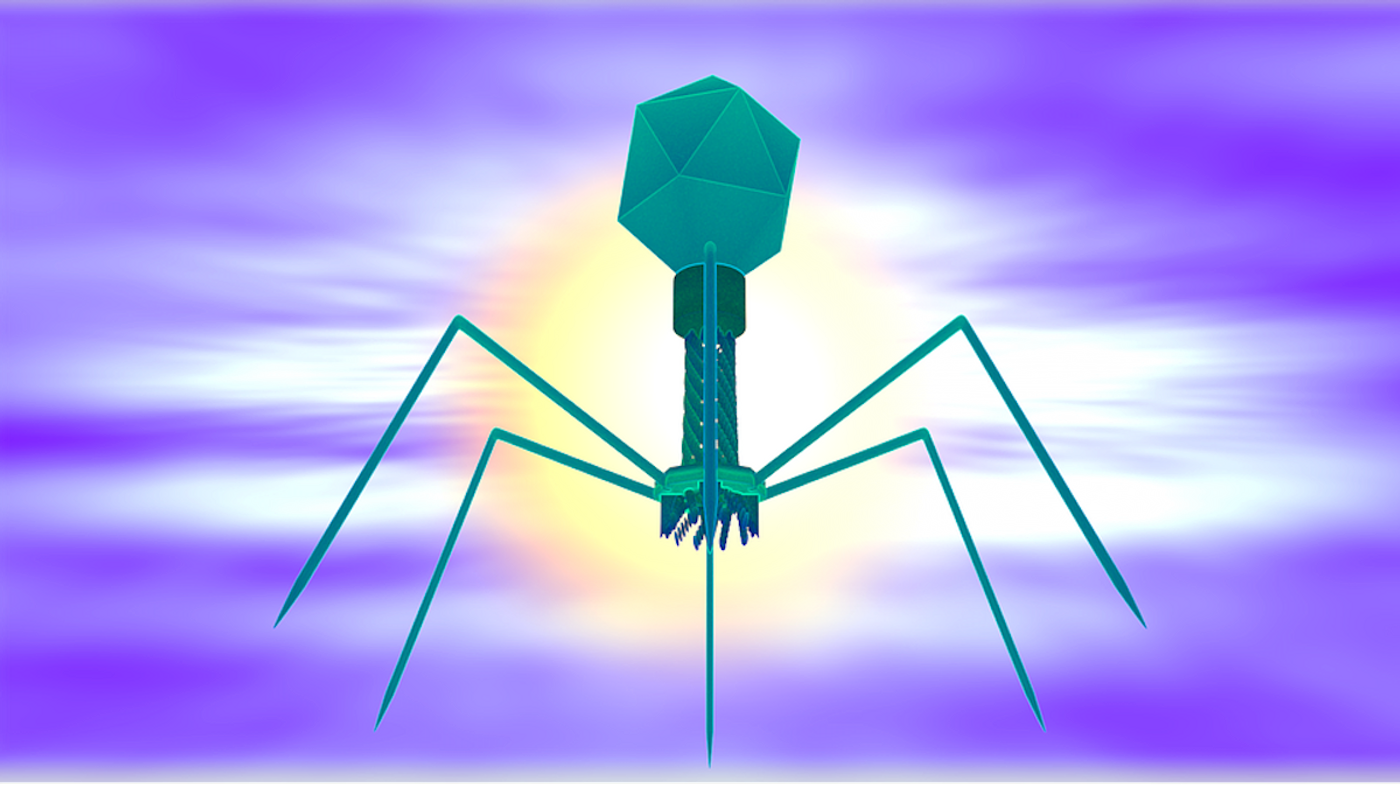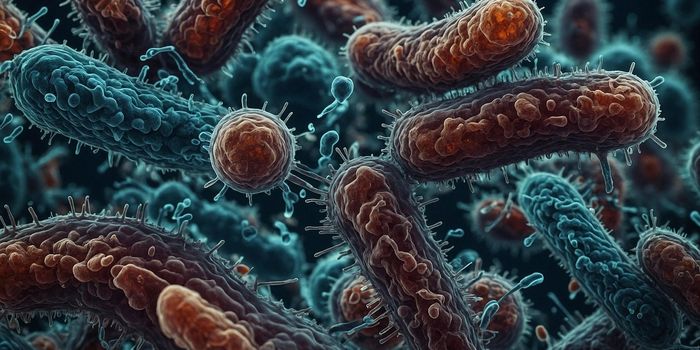Engineered Virus Cures Girl's Antibiotic-resistant Infection
In 2017, a 15-year-old girl received a double lung transplant at the Great Ormond Street Hospital in London. She was suffering from cystic fibrosis, in which the lungs become clogged with mucus and are often chronically infected with bacteria. For eight years, she’d been taking antibiotics to combat to tough bacterial pathogens. Within a few weeks of the transplant, doctors saw redness around the surgical wound and signs of liver infection; then it spread, showing that the antibiotics had stopped working. Bacteriophages are viruses that infect bacteria, and scientists designed one to successfully cure her infection. Their work was reported in the journal Nature Medicine and is discussed in the video.
While the concept of phage therapy is not new (it was first used on a human patient with a drug-resistant infection in 2016 and another case is described in the video below), the effective use of an engineered bacteriophage in a human patient is a first, said Howard Hughes Medical Institute (HHMI) investigator Graham Hatfull, a Professor at the University of Pittsburgh. “The idea is to use bacteriophages as antibiotics – as something we could use to kill bacteria that cause infection,” Hatfull explained. These bacteriophages may offer a personalized way to target drug-resistant bacteria, and may one day be useful against disorders like tuberculosis.
There were two patients in London that got double lung transplants in London in 2017, both with cystic fibrosis, and infections from Mycobacterium, the tuberculosis-causing bacterium. A colleague of Hatfull’s wanted to know if bacteriophages might be able to help the patients.
Hatfull is a bacteriophage expert, with a massive collection of phages consisting of around 15,000 vials, gathered mostly by students from thousands of locations around the world, through his SEA-PHAGES program. The program aimed to help students learn about research by studying phages, noted Hatfull, not to find a therapeutic.
“I had a sense that this collection was enormously powerful for addressing all sorts of questions in biology,” Hatfull said. “But we didn’t think we’d ever get to a point of using these phages therapeutically.”
Within a month of learning of the cases in London, Hatfull had gotten samples of the bacterial strains causing the infections and began to look for phages that could target them. They searched for a phage that could clear a film of the patient's bacteria growing in a dish, theorizing that such a phage would be effective against the infections. Unfortunately for one patient, it was too late; they died from their illness. “These really are severe, life-threatening infections,” Hatfull said.
For the other patient, the researchers identified three candidate phages, called BPs, ZoeJ, and Muddy. BPs and ZoeJ weren’t very efficient at killing the bacteria, but Muddy could infect and kill it. Hatfull’s research team engineered BPs and ZoeJ to be more effective at killing the bacteria and mixed the three into a phage cocktail, which was then purified and tested to be sure it was safe.
The phage cocktail was given to the patient twice daily, and after six weeks, signs of the infection had disappeared from their liver. The bacteria have not yet shown signs of resistance to this phage therapy. The team has a fourth page ready just in case.
Identifying the correct phage for an individual case is a challenge, said Hatfull. But it may one day be possible to use these phage cocktails for more patients.
“We’re sort of in uncharted territory. But the basics of the young woman’s case are pretty simple," he adds. “We purified the phages, we gave them to the patient, and the patient got better.”
Sources: HHMI, Nature Medicine









